Best Season for Poon Hill – Ghandruk Trek
The ideal times for undertaking the Poon Hill – Ghandruk Trek are spring (March to May) and autumn to early winter (September to November until December).
During the spring season, which spans from March to May, the mornings to mid-days offer clear skies and pleasant walking conditions, although late afternoons might witness some cloudiness. Mornings and late afternoons can be cold, with occasional snowfall. The hills come alive during spring with vibrant wildflowers, including various species of rhododendron, which is also the national flower of Nepal.
Autumn and early winter, from September to November until December, offer the best visibility and picturesque trails. Days are marked by clear skies, although the sunlight hours are shorter. There is a possibility of snowfall at times, and mornings and nights are notably colder due to the wind-chill factor.
Nepal has four distinct seasons: spring, summer (June to August), autumn (September to November), and winter (December to February). While Nepal can be visited year-round for tours and short hikes, high-altitude treks are not recommended. However, if you're interested in exploring the exotic flora and fauna, Nepal becomes a haven for botanists and naturalists.
Accommodations and Food on Annapurna Poon Hill – Ghandruk Trek
Accommodation and dining arrangements during the Annapurna Poon Hill – Ghandruk Trek are well-organized. Throughout the trek, you will be accommodated in the finest local lodges from the beginning to the end of the journey. In Kathmandu and Pokhara, comfortable hotels will be arranged.
The lodges and hotels provide a diverse menu catering to your preferences, ranging from traditional Nepalese Dal-Bhat to Continental dishes, along with options from Chinese, Tibetan, and Indian cuisines. All meals are prepared with care, ensuring freshness and hygiene. The meals are served in spacious dining halls that offer a warm and welcoming atmosphere.
Altitude Sickness
Altitude sickness is not a major concern on this trek, as the route involves a gradual ascent in elevation and a gradual descent back to Pokhara, which is situated at an altitude of 820 meters.
In Nepal's Himalayas, emergency evacuation services are readily available, including helicopter services that can swiftly transport affected individuals to Kathmandu for further medical attention if necessary.
Permits and TIMS for the Poon Hill Trek:
For the Poon Hill trek, similar to other treks within the sanctuary, you are required to obtain permits and a TIMS card (Trekkers' Information Management System). These can be acquired at the Tourist Information Center in either Pokhara or Kathmandu. The offices operate from Monday to Friday and Sunday, between 10 am and 5 pm, and remain closed on Saturdays. The cost for these permits is NPR 5000/US$38.
To secure the TIMS card and Annapurna Sanctuary permit, you will need the following documents: your passport, insurance details, four passport-sized photos, and the contact details of a person in Nepal (typically provided by your hotel).
Here's the process to obtain the TIMS card:
1. Fill out the form available at the counter. This form will require information such as your name, insurance number, passport details, address in Nepal, and contact information.
2. Take a passport-sized photo. In the Pokhara Office, they provide this service on-site at no additional cost. You'll need four passport-sized photos.
3. Submit the completed form along with two photos and pay the fee of NRP 2000/US$15 per person. Payment is accepted only in cash, in Nepalese Rupees, at the counter.
4. Obtain your TIMS card.
For obtaining the Annapurna Sanctuary Permit:
1. After obtaining your TIMS card, request a new form.
2. Complete the form with the necessary details.
3. Present the filled form, your passport, two photos, and pay the fee of NRP 3000/US$23 per person. Payments are accepted only in cash, in Nepalese Rupees, at the counter.
4. Receive your permit.
It's important to note that both the TIMS card and permits are valid for a single entry into the Annapurna Sanctuary Park. If you exit the park, you'll need to obtain new permits and a new TIMS card to re-enter. If you plan to undertake multiple hikes within the sanctuary, it's economically advantageous to stay within the park.
Travel and Medical Insurance
For such unforeseen circumstances, it is essential for trekkers to have comprehensive insurance coverage that includes medical emergencies and the use of helicopter services for evacuation if required.
It's highly recommended for all travelers embarking on the Nepal Himalayan trek have adequate Travel and Medical Insurance that encompasses potential accidents and illnesses. This insurance should also account for helicopter rescue services to transfer individuals to safe locations and nearby medical facilities if needed.

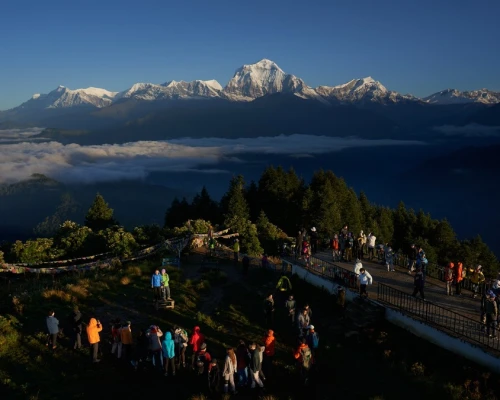
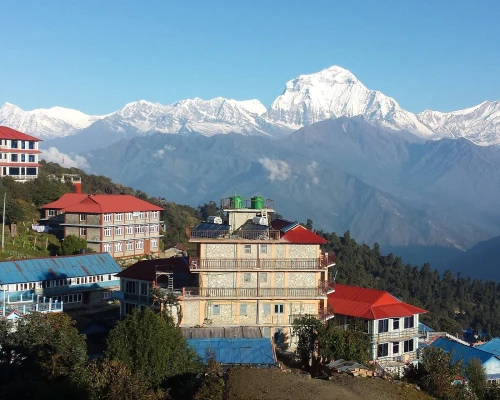
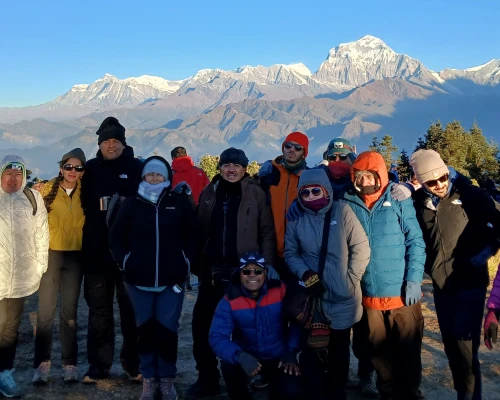

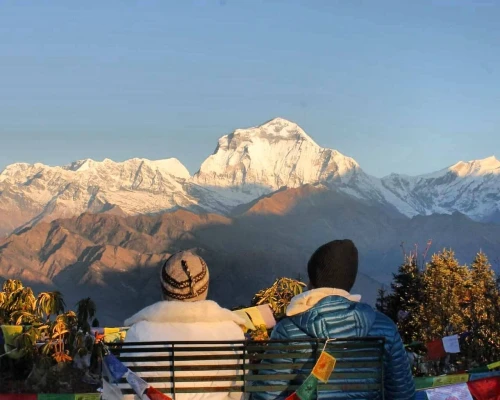
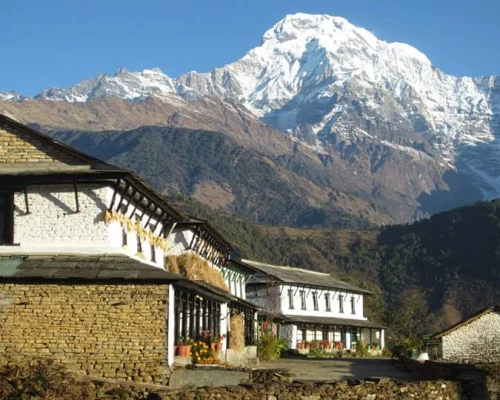
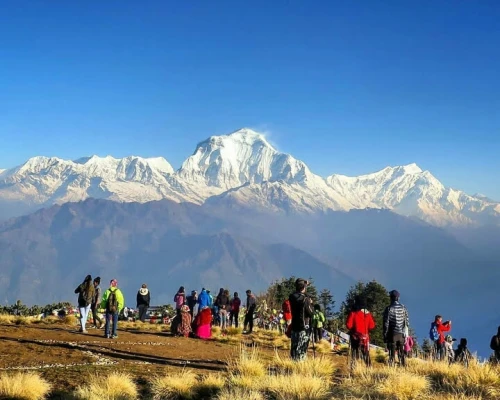
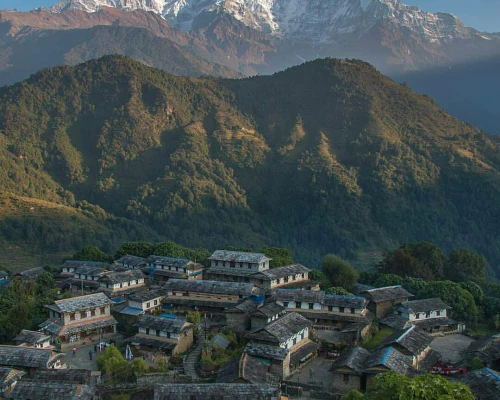
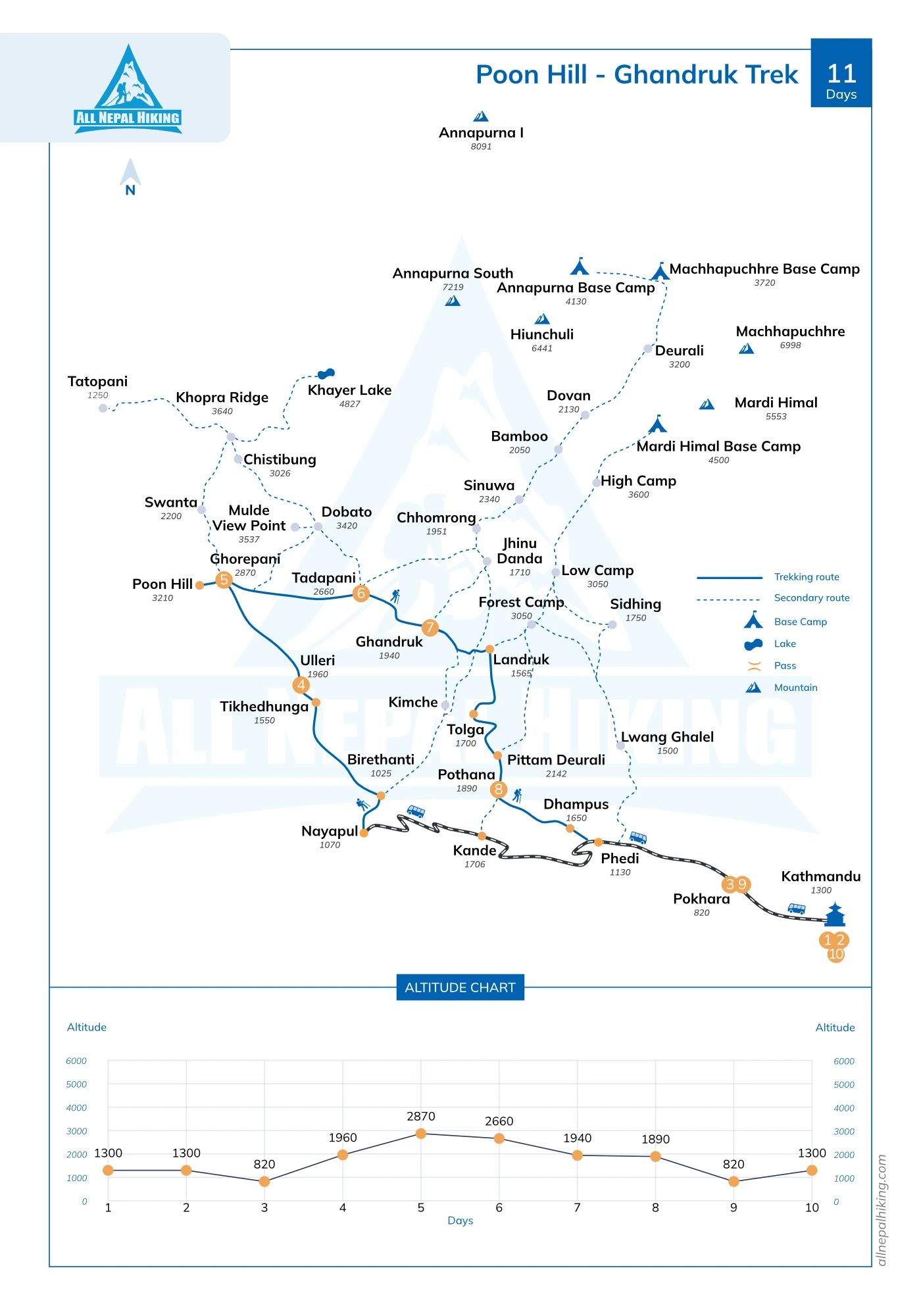

 based on 11 reviews
based on 11 reviews
